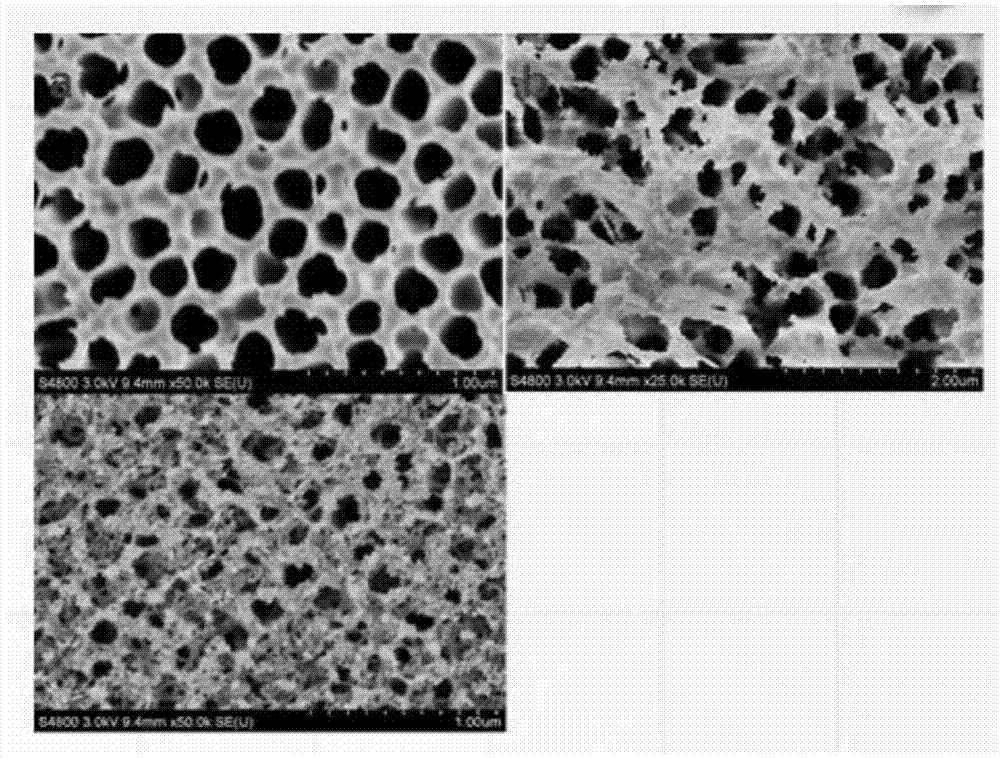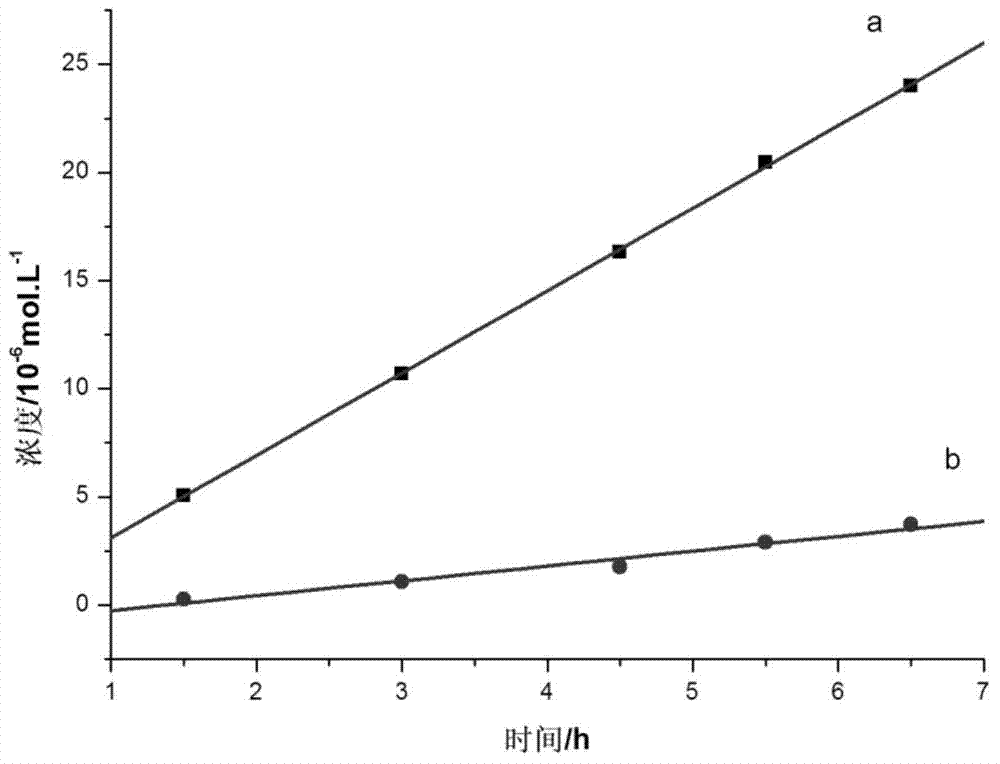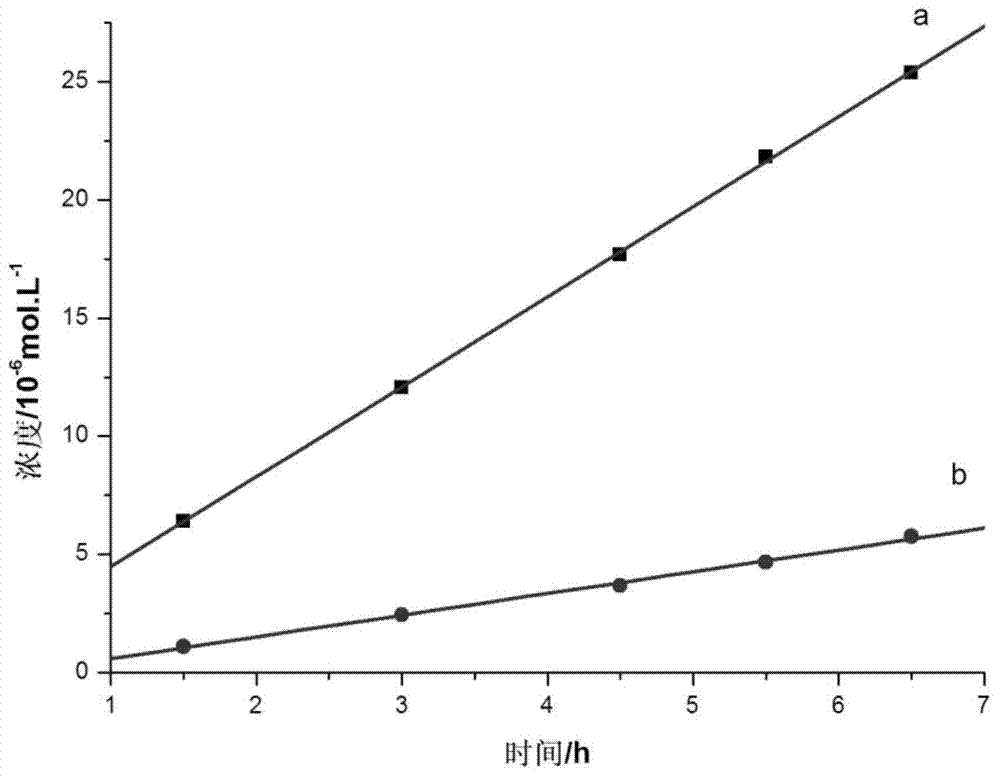Method of separating histidase enantiomer by chitosan-modified gold nanochannel film and detecting method thereof
A gold nanochannel and nanochannel technology, which is applied in the field of separation and detection of histidine enantiomers based on nanochannels combined with surface-enhanced Raman scattering spectroscopy, can solve the problems of difficult portability of instruments, complex detection, and large sample volume, and achieve The effects of shortened detection time, simple separation process, and broad application prospects
- Summary
- Abstract
- Description
- Claims
- Application Information
AI Technical Summary
Problems solved by technology
Method used
Image
Examples
Embodiment
[0027] 1 Preparation of gold nanochannel membrane
[0028] Gold was deposited on a 50nm porous polycarbonate (PC) film and a 100nm porous anodized aluminum oxide film (AAO) by electroless deposition. The PC membrane was immersed in anhydrous methanol for 30min to wash away the impurities adsorbed on the base membrane, and the AAO membrane was soaked in 30% hydrogen peroxide for 24h. Then put the cleaned PC membrane and AAO membrane into 0.026mol / L SnCl 2 and 0.007mol / L CF 3 COOH50% methanol / water solution, placed in a shaker and shaken for 45min at a speed of 90r / min to make the Sn 2+ Evenly adsorbed on the surface of the basement membrane and membrane pores, the sensitized membrane was taken out and rinsed with methanol for 3 times, and then the membrane was put into freshly prepared 0.029mol / L Ag(NH 3 ) 2 + In the solution for 15 minutes, and continue to pass nitrogen, so that the surface of the membrane is fully activated. After taking it out, wash it 3 times with met...
PUM
| Property | Measurement | Unit |
|---|---|---|
| pore size | aaaaa | aaaaa |
| pore size | aaaaa | aaaaa |
| separation | aaaaa | aaaaa |
Abstract
Description
Claims
Application Information
 Login to View More
Login to View More - R&D
- Intellectual Property
- Life Sciences
- Materials
- Tech Scout
- Unparalleled Data Quality
- Higher Quality Content
- 60% Fewer Hallucinations
Browse by: Latest US Patents, China's latest patents, Technical Efficacy Thesaurus, Application Domain, Technology Topic, Popular Technical Reports.
© 2025 PatSnap. All rights reserved.Legal|Privacy policy|Modern Slavery Act Transparency Statement|Sitemap|About US| Contact US: help@patsnap.com



